On the morning of November 7, the National Assembly discussed in groups the Draft Law on Planning (amended) and adjusted the National Master Plan for the 2021-2030 period, with a vision to 2050.
"Every region is the same, it becomes jackfruit thorns"
Speaking at the meeting, Minister of Finance Nguyen Van Thang mentioned the planning of 6 economic regions in the adjustment of the National Master Plan for the 2021-2030 period, with a vision to 2050.
According to Mr. Thang, this must be calculated based on the potential and strengths of each region and linked to each locality in the region. "If everything is included, and the regions are the same, it will become a jackfruit thorn," Minister Thang compared and emphasized that adjusting the national master plan must be based on the available potential and advantages to calculate the development strategy for each different region.

Minister of Finance Nguyen Van Thang speaks at the meeting (Photo: Hong Phong).
Regarding the economic growth targets for the period 2031-2050, the Minister shared the view that it is possible to study and adjust the planning vision. Accordingly, if in the period 2026-2030 high growth, high budget revenue, high per capita income is achieved, the Minister believes that the pressure for the period 2031-2045 will be reduced. On the contrary, if the growth in the coming period is not too high, it will put pressure on the following period.
From there, the Commander of the Finance sector emphasized that it is necessary to set a feasible, prudent level suitable for each stage, but the 2026-2030 period must achieve a double-digit growth target to ensure the goal of becoming a developing country with an upper middle income.
Tran De Port needs 2-3 billion USD to invest "effectively"
Delegate Dao Chi Nghia ( Can Tho ) emphasized that the national master plan is the backbone leading regional and provincial planning, overcoming the overlapping situation that localities are reflecting.
The list of important national projects and investment priorities lists key national projects, showing that the Ho Chi Minh City - Can Tho railway line is being studied for investment preparation.
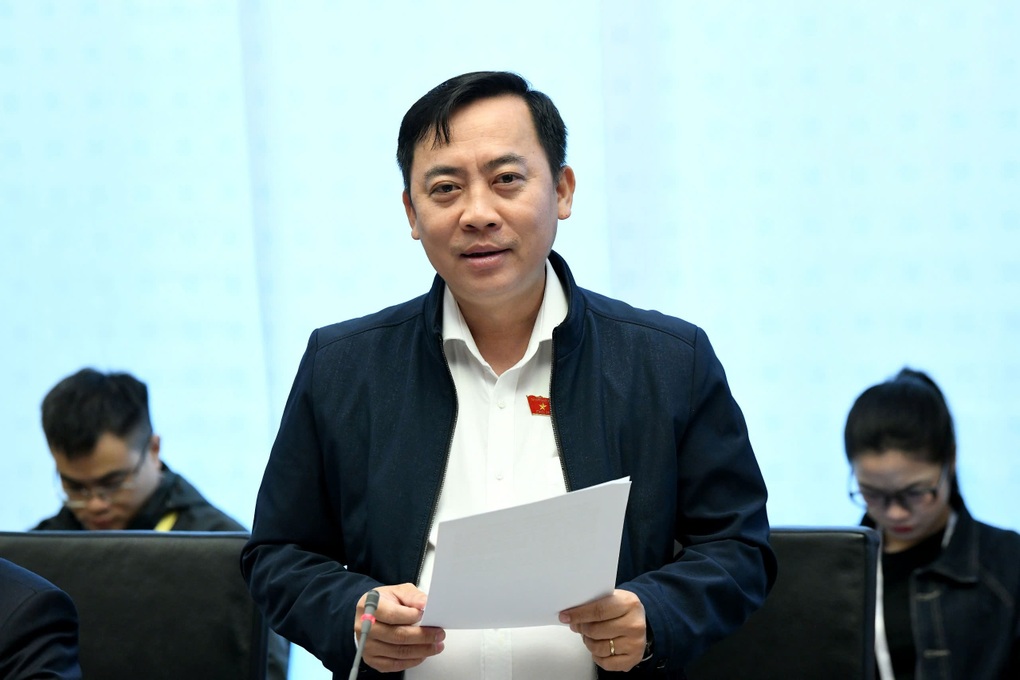
National Assembly Delegate Dao Chi Nghia (Photo: Hong Phong).
Mr. Nghia emphasized that this is a project connecting the Mekong Delta, a very important logistics axis. Therefore, the delegates suggested not only studying and preparing for investment but also putting this project in the priority group for investment preparation.
Mr. Nghia also proposed adding Tran De port and Can Tho airport expansion to the list of important national projects. “These are projects that will remove many bottlenecks in the transport infrastructure of the Mekong Delta and Can Tho city,” Mr. Nghia said.
Agreeing, delegate Le Minh Nam (Can Tho) said that these are strategic infrastructure projects that need to be supplemented, thereby contributing to the successful implementation of the national master plan.
Delegate Nguyen Tuan Anh (Deputy Secretary of the Can Tho City Party Committee) also proposed to study and supplement the content on the development of Can Tho city more fully and comprehensively, especially updating the contents in Resolution No. 59 of the Politburo. Accordingly, it is determined that: developing Can Tho city is the growth pole of the country, playing the role of a core urban area, a driving force for development, spreading and leading the entire Mekong Delta region.
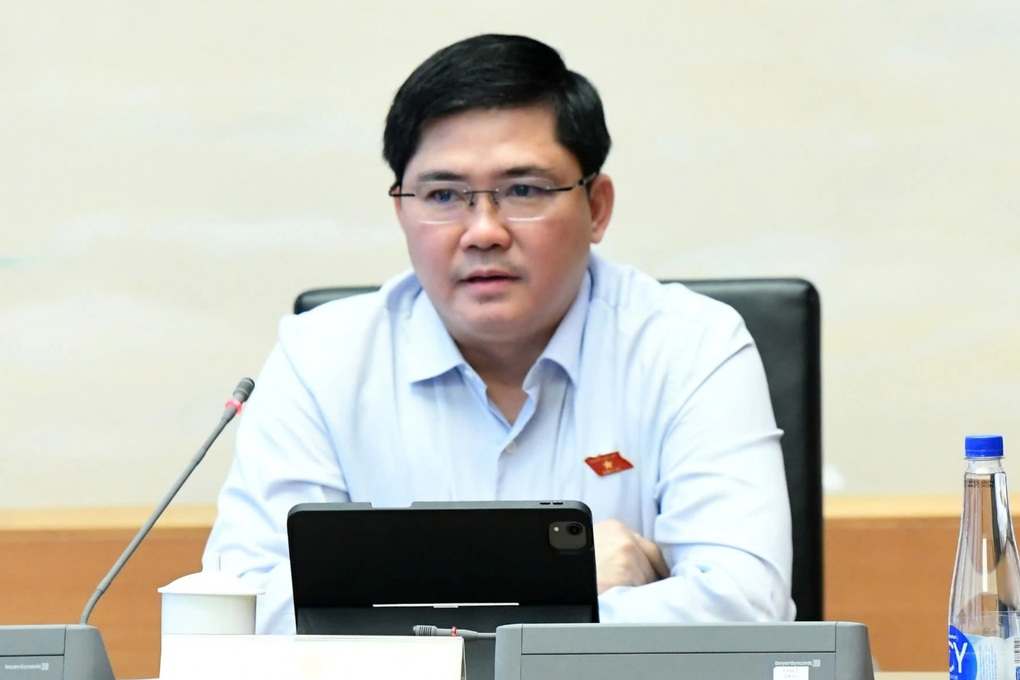
Delegate Nguyen Tuan Anh, Deputy Secretary of Can Tho City Party Committee (Photo: Hong Phong).
Sharing more about the planning of Tran De port, Finance Minister Nguyen Van Thang said this is a "very troubling" issue. Even when he was still at the Ministry of Transport, Mr. Thang said he discussed with Can Tho City leaders to find ways to call for and encourage businesses to build Tran De port.
"We must call on businesses to build and exploit the project effectively. If we do it ourselves, it will be very difficult," Mr. Thang said, adding: "We must have very preferential policies to attract investors to Tran De port."
Along with port investment, Mr. Thang said that what goods are exported through the port is also a problem.
“For a large port like Tran De, if we invest properly, it will cost 2-3 billion USD. If the private sector invests money, the big problem is how to recover capital and operate effectively,” according to Mr. Thang. That is the problem that has caused the Tran De port project to be discussed for a very long time, struggling but still unable to attract businesses.
Regarding the development orientation of the region, including the Mekong Delta, the Minister of Finance commented that "it is also a very difficult problem". Along with focusing on rice or aquaculture, according to him, it is possible to consider economic development through processing and manufacturing industries.
He said that the units are focusing on building Hon Khoai port as an international cargo transit port and after completion, they will consider handing it over to businesses. Therefore, Tran De port should also follow the same direction.
Source: https://dantri.com.vn/thoi-su/bo-truong-tai-chinh-quy-hoach-vung-giong-nhau-thi-thanh-gai-qua-mit-20251107140841392.htm







![[Photo] Da Nang: Hundreds of people join hands to clean up a vital tourist route after storm No. 13](https://vphoto.vietnam.vn/thumb/1200x675/vietnam/resource/IMAGE/2025/11/07/1762491638903_image-3-1353-jpg.webp)







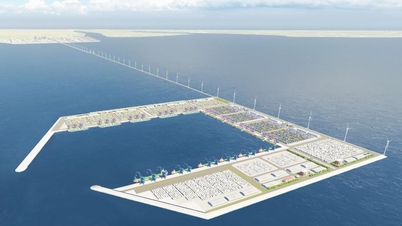
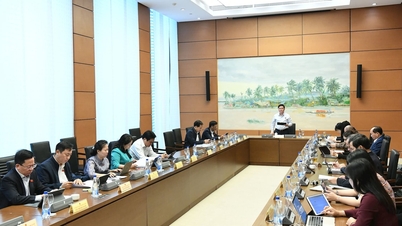


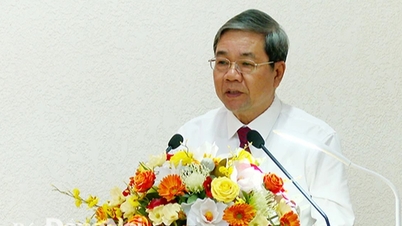





















































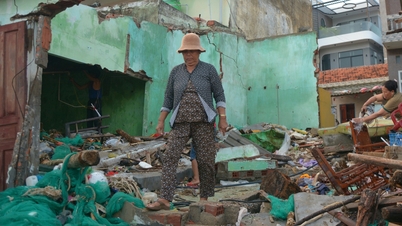





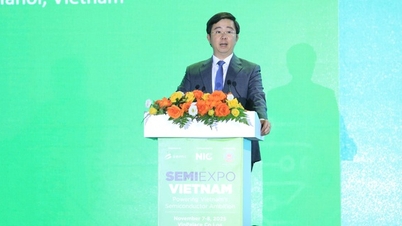

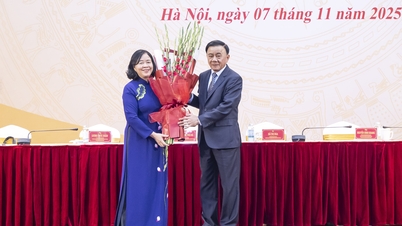




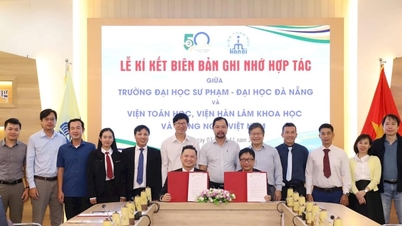

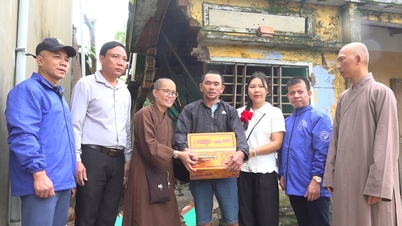
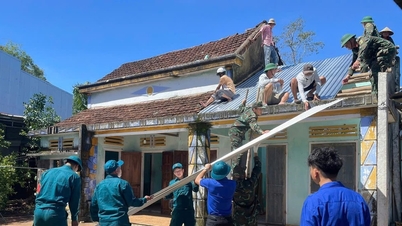


















Comment (0)